Quick overview
- Versatile and spacious
- Lots of standard equipment
- Relaxed drive
- Options can add a lot to cost
- Not the best to drive in the class
- Small boot space
The Kamiq may be at the smaller end of the scale among Skoda’s SUVs, yet it’s still one of the largest in its sector. This is typical of Skoda to offer more room for people than its rivals, and all wrapped up in a handsome but unchallengingly styled car. In many ways, the Kamiq is the essence of this class distilled into one car that offers buyers good value, space and decent running costs.
This may sound like the Kamiq is being damned with faint praise, but it’s not. It’s a much better small SUV than most in the class and it begs the question why some buyers would choose its larger Karoq sibling when the Kamiq does almost everything just as well. More of a concern for Skoda is its cousins, in the shape of the SEAT Arona and Volkswagen T-Cross, offer very similar traits with a dash more styling flair. There is also the Renault Captur and Nissan Juke to think about if you want a compact SUV that will stand out more on the driveway and high street.
None of this appears to bother Skoda and, instead, it has focused on making the Kamiq as comfortable and refined as any its segment. This plan has paid off as the Kamiq is noticeably quieter at all speeds than many of its competitors and it also deals with gnarly road surfaces more capably than most. The pay-off is the Skoda’s handling is not nearly as sharp or agile as a Ford Puma’s.
There’s a choice of petrol engines in the Kamiq, but Skoda no longer offers a diesel. You also have a good selection of trims to pick from and even the entry-level versions comes with a broad spread of standard kit. Look beyond the restrained styling and the Kamiq has a lot going for it.
Infotainment, comfort and practicality
Skoda’s approach to its infotainment system is the same as it’s overall outlook on making cars – keep it simple and make it easy to use. As a result, the Kamiq’s set-up might not look quite as flashy as some of its rivals’ on first appearance, but as soon as you begin to use it you will appreciate the ease of its navigation.
Most models come with the 9.2-inch Amundsen system with sat-nav included, and it really is all you need. It works with a speed and crispness that almost all of its competitors cannot match, and the touchscreen is much more responsive than most. This matters when you are using it on the move as it’s far less distracting. It also hooks up to your smartphone easily and has access via Apple CarPlay or Android Auto, so no need to trail cables from the dash and you have access to your favourite apps.
With live traffic updates for the navigation, the Kamiq’s infotainment is excellent, and you can the option of the Virtual Cockpit dash display so you can see the navigation map in the main instrument binnacle rather than having to look at the central display. If you choose the Kamiq in S or SE trims, it comes with a simpler 8-inch infotainment screen that misses the sat-nav and Android Auto, and it’s slower to respond to inputs.
However, there’s no questioning the quality of the Kamiq’s cabin. It doesn’t have the high-end look of rivals like the Peugeot 2008 or Citroen C3 Aircross, but it’s solid and well put together. If only Skoda used less of the hard-to-the-touch plastics and replaced them with softer materials, it would be the ideal environment. As it is, the Kamiq provides more passenger space than almost all of its rivals, though this does come at the expense of some boot space. Even so, there’s 400-litres of storage that extends to 1395-litres with the rear seats folded.
Up front, the driver has more than ample room and the seat adjusts for height to help tailor the driving position. The seats themselves are quite firmly padded but offer comfort and support that allows for long journeys to be completed without aches or discomfort. It’s a similar story for those travelling in the back seats, though it’s best kept to two adults to provide reasonable shoulder room. For kids, three will fit with ease and there are Isofix child seat mounts on the two outer seats.
The rear seat splits 60-40 and folds to leave a fairly flat floor. It’s shame there’s a step in the floor between the rear wheelarches, and there’s also a large step down from the load sill to boot floor. This makes loading and unloading heavier bags a bit of a weight-lifting competition.
2019 Skoda Kamiq engines: how does it drive?
Many drivers choose an SUV because they want comfort and a feeling of being able to drive down poorly surfaced roads without being jiggled about. Should they pick the Skoda Kamiq for this reason, they will have chosen wisely as it has supple suspension that does a very good job of cushioning its occupants from the hurly-burly of bad roads. At town speeds, the Skoda is one of the most capable in its segment at filtering out potholes and bumps from making themselves known inside the car. On the motorway, it’s just as adept, yet the Skoda still feels stable and sure-footed so it doesn’t sway around in crosswinds or when passing trucks.
The pay-off for this high level of comfort is the Kamiq’s handling is only average for the class. Where a Ford Puma feels lithe and agile, the Kamiq is more happy being driven at a gentler pace and not hurried through corners. If you do drive like this or a bend tightens up unexpectedly, the Skoda will keep its composure and grip on the road, but don’t expect the same steering feedback as in the Ford as the Skoda’s power assistance errs on the very light side of sensation. There’s an optional Sport Chassis pack with 15mm lowered suspension and four driving modes, but most drivers will leave this in the default Normal setting anyway.
There’s no four-wheel drive option with the Kamiq, so don’t think it will carry you across muddy fields. However, every model has Hill Hold Control and, with winter tyres fitted to the alloy wheels depending on trim level, it’s a secure way to travel in winter weather. More relevantly, the Kamiq comes with standard rear parking sensors on most versions to make reversing into tight city bays very easy. There’s also the option of park assist to guide the car into spaces.
There’s no diesel engine option anymore for the Kamiq, which will chime with most city drivers’ needs. You still get plenty of choice, though, with 95- and 110hp versions of the three-cylinder 1.0-litre TSI turbo petrol. There is also the 150hp 1.5-litre TSI motor, which has a six-speed manual or automatic gearbox. The 1.0-litre is also available with the auto, or a five-speed manual ’box.
Every Kamiq comes fitted with cruise control and speed limiter, Front Assist autonomous emergency braking, and all of the airbags you expect from this class. The SE L Executive adds a rear view camera for parking, while all-round parking sensors are an optional extra across the range. A driver’s knee airbag is also an option, along with Driver Fatigue Sensor, as well as Rear Traffic Alert and blind spot monitoring. The Kamiq scored an impressive full five-star rating when it was crash tested by Euro NCAP.
Value for money: how much does a 2019 Skoda Kamiq cost to buy and run?
There are four trims to choose from with the Skoda Kamiq. Entry point is the £21,805 SE that comes with 17-inch alloy wheels, cruise control with speed limiter, and Hill Hold Control. There’s cloth upholstery and air conditioning, while the infotainment uses an 8-inch colour touchscreen to operate the DAB radio, Bluetooth, and wireless connection for Apple CarPlay. Move up to the SE Drive model from £22,580 and you get a 9.2-inch Amundsen infotainment system, while the SE L Executive at £25,170 gains 18-inch alloys, heated front seats, and dual-zone climate control. The £25,830 Monte Carlo version comes with a sporty twist thanks to its 18-inch Vega alloys, panoramic glass sunroof, and it also has the Virtual Cockpit with its 10.25-inch dash display.
A used Kamiq offers a more affordable route in this Skoda and prices for a three-year old car with average mileage start at around £16,000. Just as tempting are the savings on new Kamiqs, where you can knock as much as £2500 from the list price with some shopping around.
Once you have a Kamiq, running costs are among the lowest in this class thanks to average fuel economy of 52.3mpg for the 1.0-litre TSI engine with manual gearbox. Opt for the DSG auto and consumption increases to 48.7mpg. The 1.5-litre engine offers between 45.6- and 51.4mpg depending on the trim version and gearbox.
With road tax based on emissions, the 1.0 TSI will be the cheapest on this front with a carbon dioxide figure of 123g/km. The 1.5 TSI with automatic gearbox produces 140g/km of CO2, so it’s still not going to break the bank for road tax. Nor will the Kamiq trouble many owners with insurance ratings between groups 8 and 17.
Verdict: Should I buy a 2019 Skoda Kamiq?
While the Skoda Kamiq may not be the most exciting car in its class on first acquaintance, it’s one that rewards more and more as you live with it. Its practicality and quality make it an sound bet for years of use with the family and, while the boot is not the biggest in its sector, there is plenty of room in the cabin for the driver and passengers.
The Kamiq is also well fitted out with standard equipment in all models, and you can add a driver’s knee airbag for even better safety. As for the engines, all are petrol motors that return good economy and decent emissions. Plus, overall running costs are low with this small SUV.
There are some good savings to be made when buying a new Kamiq, while used values remain strong thanks to solid residual prices.
What could I buy instead of a 2019 Skoda Kamiq?
Ford Puma
.jpg?rmode=max&width=500)
The Ford Puma has rapidly become the benchmark car in the small SUV sector, and it’s easy to see why. It’s a good-looking car and is easily the best to drive in the sector if you value any sort of involvement and enjoyment. Beyond that, it’s comfortable, well made, and comes with a long list of standard equipment. There is also a hybrid model, which is something the Skoda cannot match. Also, the Puma has a big boot thanks to its extra deep storage bin under the boot carpet.
Citroen C3 Aircross
 Some people get Citroens and others, well, they think they’re a bit odd. For those who like a different approach, the C3 Aircross is ideal thanks to its quirky looks and the lounge-style seating inside. It’s all very comfortable and the mix of materials and design throughout the C3 Aircross puts all of its rivals in the shade. It’s also very roomy and the engine range is easy on fuel. However, the Aircross is merely average to drive, which is a long way off what’s required when it’s up against so many talented rivals.
Some people get Citroens and others, well, they think they’re a bit odd. For those who like a different approach, the C3 Aircross is ideal thanks to its quirky looks and the lounge-style seating inside. It’s all very comfortable and the mix of materials and design throughout the C3 Aircross puts all of its rivals in the shade. It’s also very roomy and the engine range is easy on fuel. However, the Aircross is merely average to drive, which is a long way off what’s required when it’s up against so many talented rivals.
Nissan Juke
 (2).jpg?rmode=max&width=500)
The latest Nissan Juke keeps much of the design flair and stand-out styling of the original car, but in an updated and more stylish package. This second-generation car also addresses the drawbacks of its predecessor by being much better to drive and offering far greater rear seat and boot space, so it’s now a practical family proposition. However, the ride lets the side down every time you encounter a pothole or bump in the road. Nissan offers lots of standard kit with the Juke and it’s keenly priced, but its infotainment set-up disappoints compared the Kamiq’s.
.jpg?rmode=max&width=500)


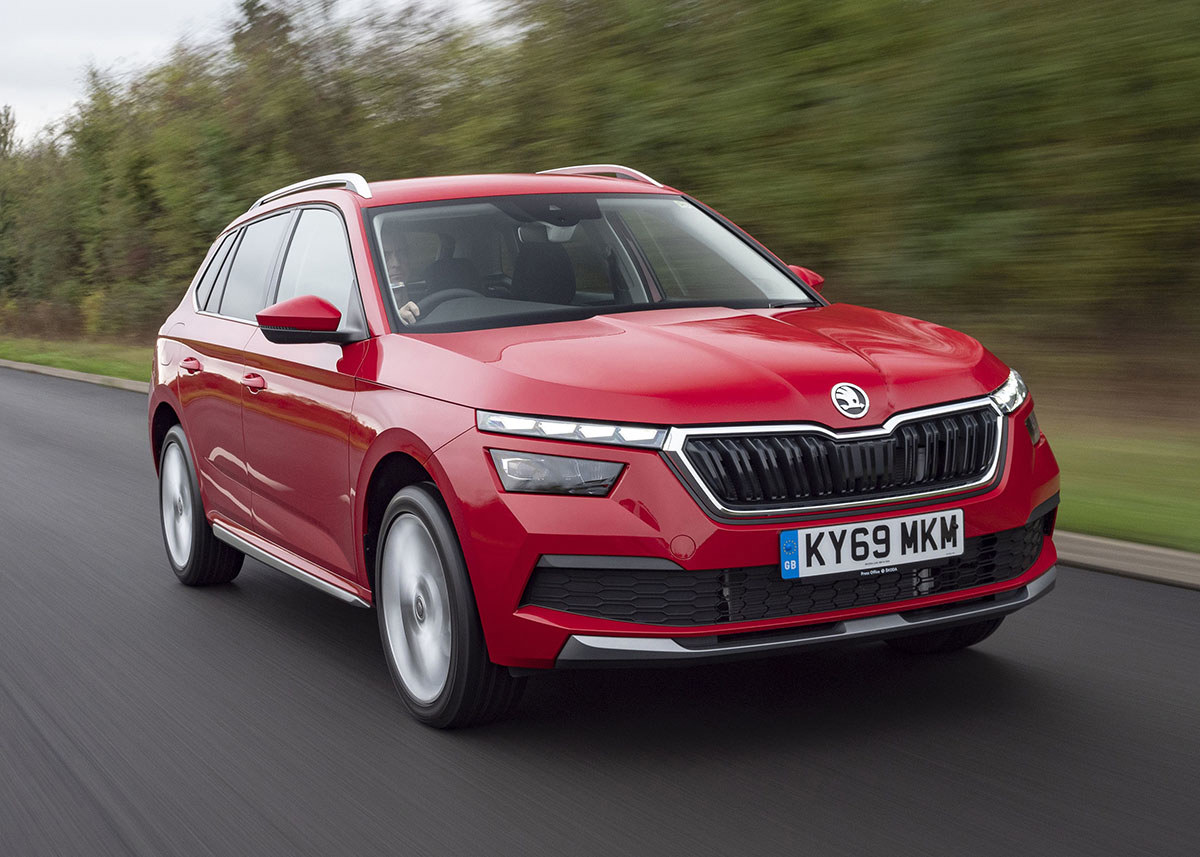
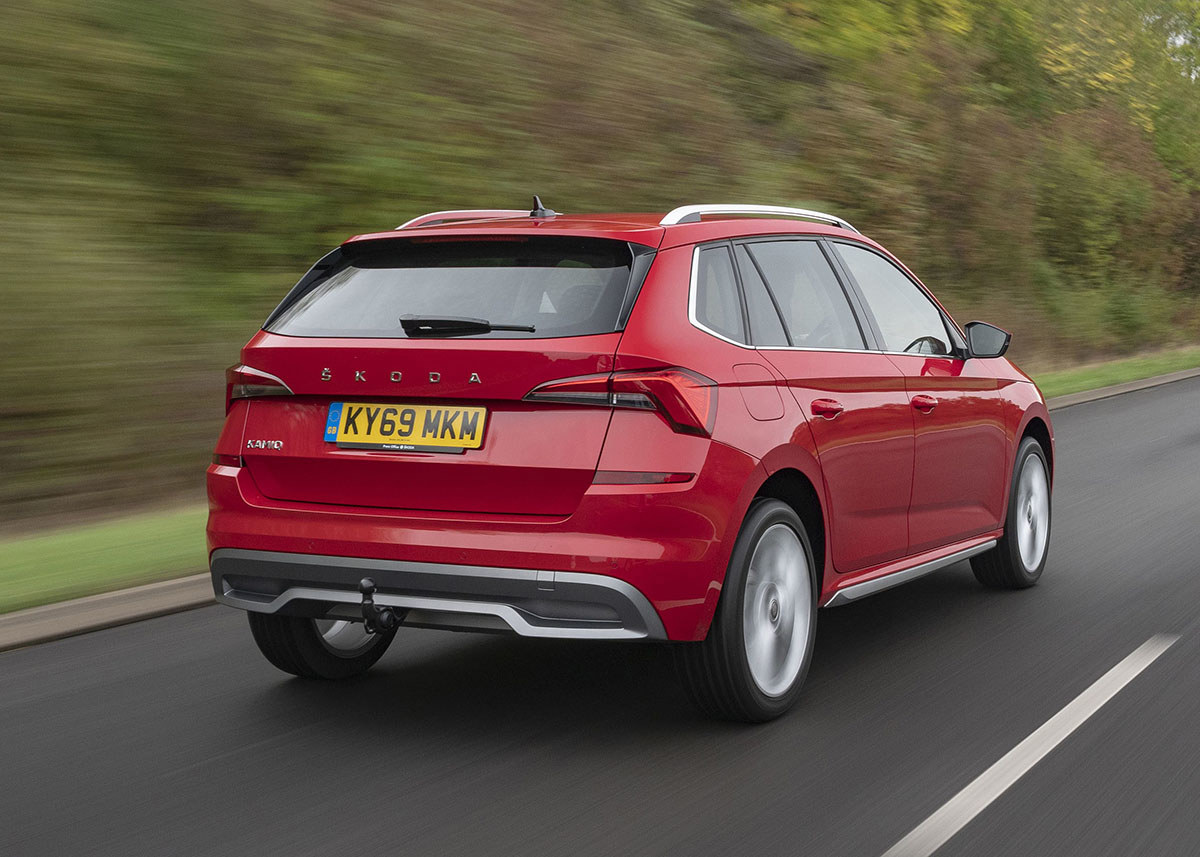
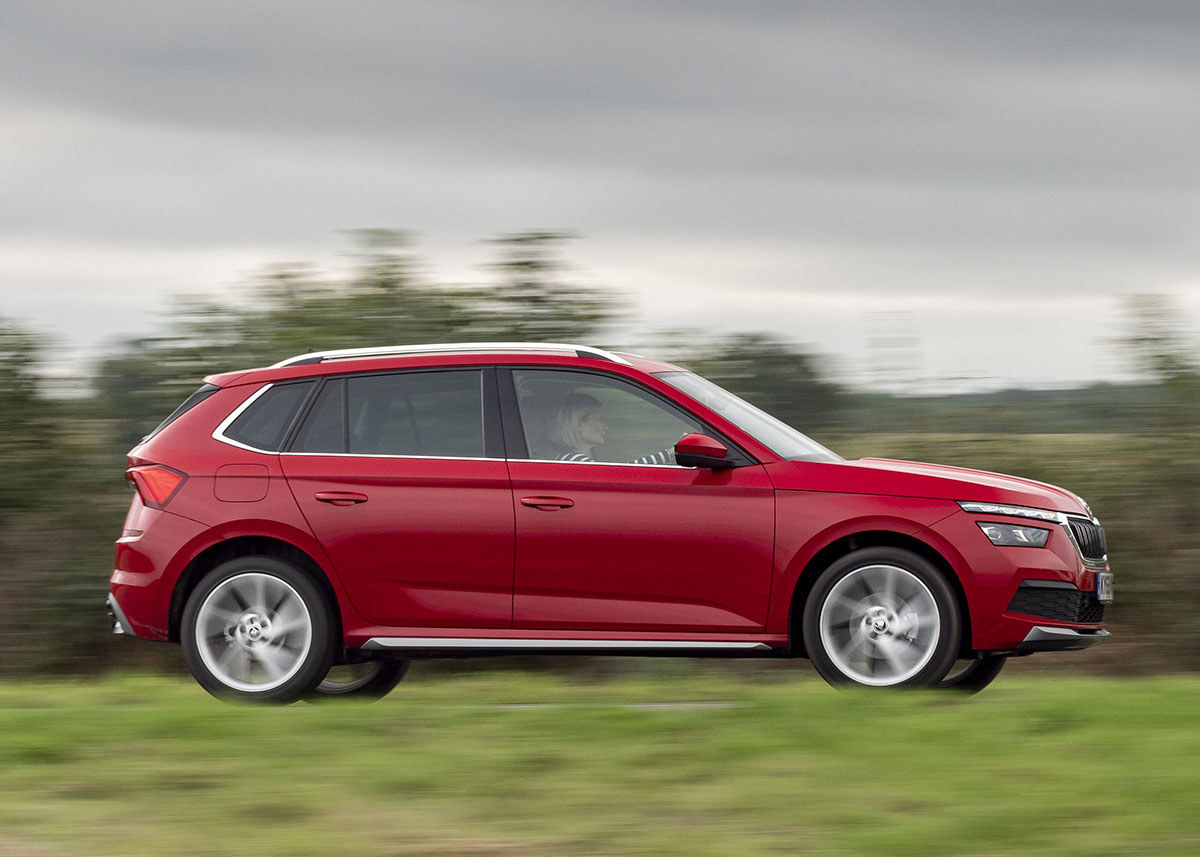
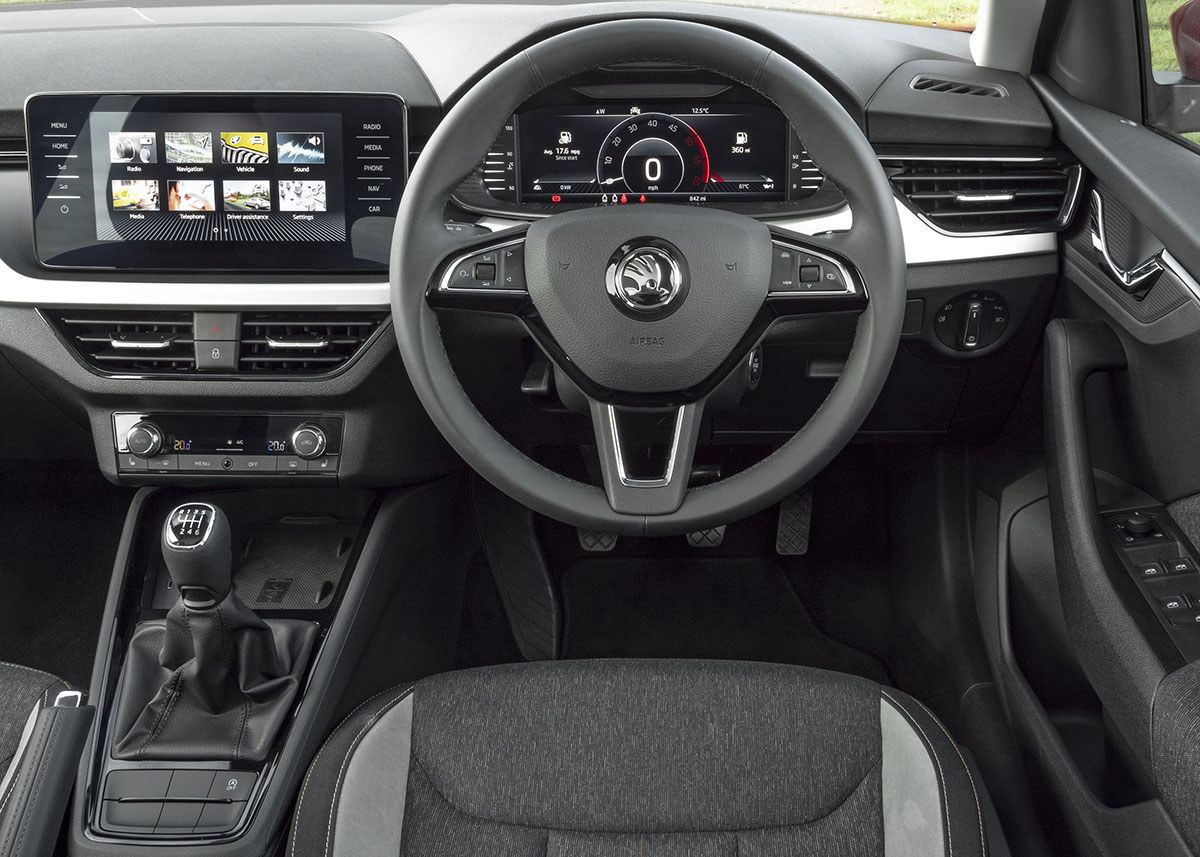
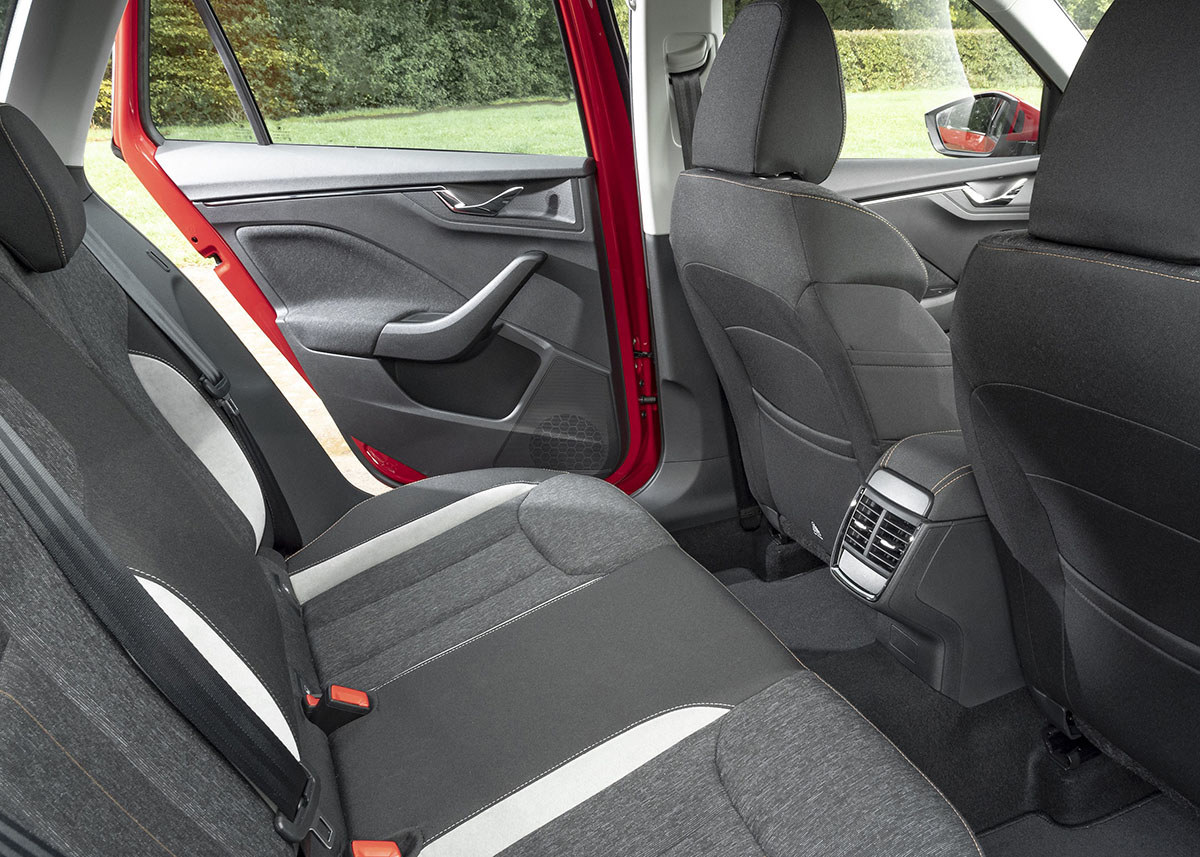
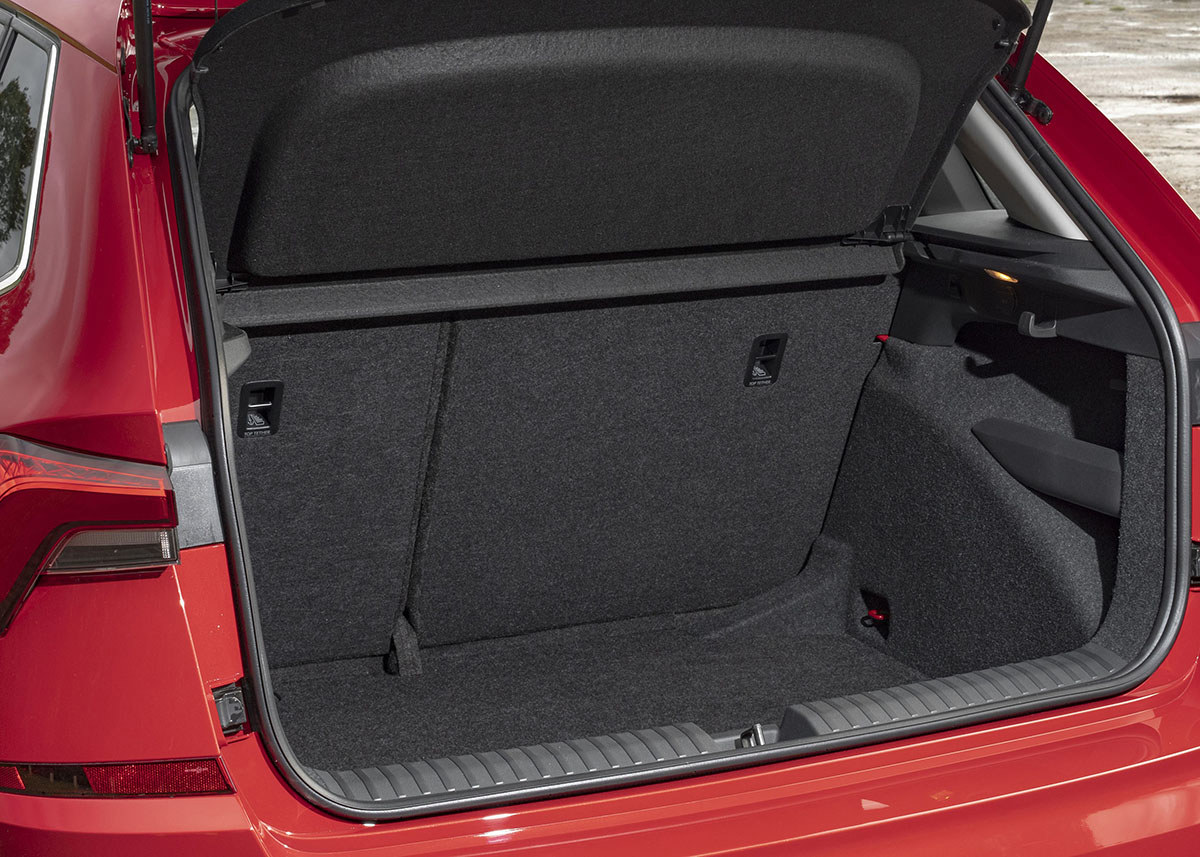
 Some people get Citroens and others, well, they think they’re a bit odd. For those who like a different approach, the C3 Aircross is ideal thanks to its quirky looks and the lounge-style seating inside. It’s all very comfortable and the mix of materials and design throughout the C3 Aircross puts all of its rivals in the shade. It’s also very roomy and the engine range is easy on fuel. However, the Aircross is merely average to drive, which is a long way off what’s required when it’s up against so many talented rivals.
Some people get Citroens and others, well, they think they’re a bit odd. For those who like a different approach, the C3 Aircross is ideal thanks to its quirky looks and the lounge-style seating inside. It’s all very comfortable and the mix of materials and design throughout the C3 Aircross puts all of its rivals in the shade. It’s also very roomy and the engine range is easy on fuel. However, the Aircross is merely average to drive, which is a long way off what’s required when it’s up against so many talented rivals. (2).jpg?rmode=max&width=500)